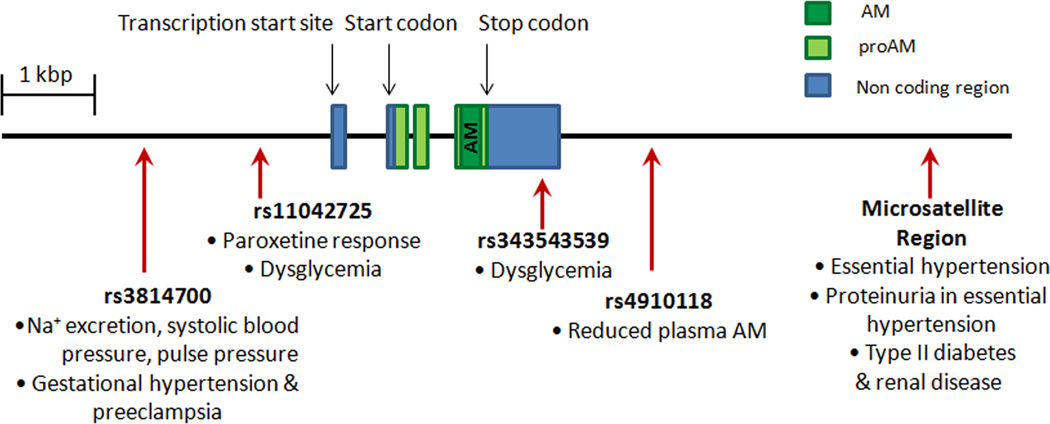Figure 2. Clinically relevant AM polymorphisms.
The structure of the adrenomedullin gene and the location of clinically relevant AM polymorphisms are shown. The dark green box represents AM, light green represents proAM, the prohormone for both AM and proadrenomedullin N-terminal 20 peptide (PAMP). and blue represents noncoding regions of the AM gene. Polymorphisms in AM have been associated with changes in plasma AM levels, drug responses, blood pressure, proteinuria, renal disease, dysglycemia, and preeclampsia.

